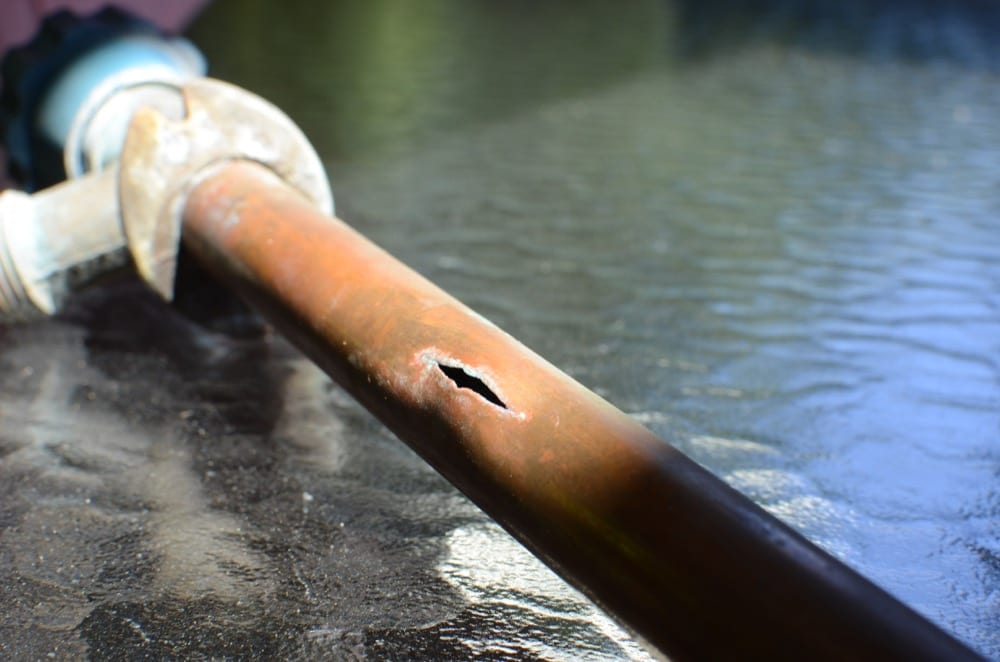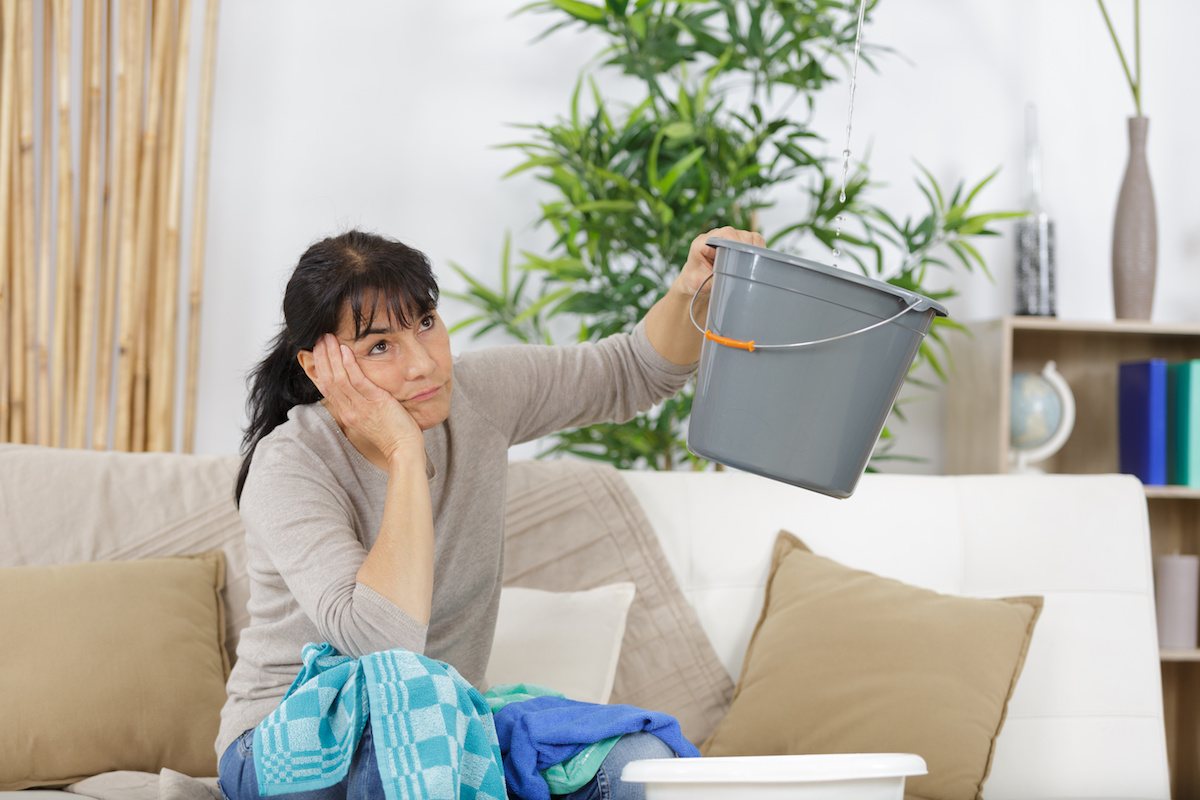Quick Guide: Identifying as well as Repairing Ruptured Pipes in your house
Quick Guide: Identifying as well as Repairing Ruptured Pipes in your house
Blog Article
Just about every person will have their personal assumption involving What to Know Before Installing a Dishwasher.

A burst pipeline is a major emergency; you can only stand as you see water you pay very much to rejoin with the earth. In worse cases, you see a pool on your kitchen area floor, which is a wonderful journey risk, especially if you have youngsters around. If the pipe that ruptured remained in your wall surfaces, problem: you may require to repaint that entire area.
Just how can a catastrophe like a ruptured pipe be avoided and taken care of? Well, by paying attention to your expert emergency plumbing technicians as well as following these rules.
Just how do I understand when my pipes have ruptured?
Changing water pressures
Pipelines do not simply burst in a day. You may have noticed that your cooking area tap or shower doesn't run immediately when you transform the tap. It may pause for a few seconds and afterwards blast you with more force than common.
In various other circumstances, the water might seem normal at first, after that decrease in pressure after a few secs.
Damp wall surfaces as well as water discolorations
Prior to a pipeline ruptureds, it will leak, many times. If this persistent leaking goes unnoticed, the leak might finish right into a large laceration in your pipe. One simple way to avoid this emergency is to look out for damp wall surfaces advertisement water spots. These water spots will lead you right to the leakage.
Puddles under pipelines as well as sinks
When a pipeline bursts, the outflow creates a pool. It might appear that the puddle is expanding in dimension, as well as despite the amount of times you wipe the pool, in a few minutes, there's one more one waiting to be cleaned. Frequently, you may not have the ability to map the pool to any type of visible pipelines. This is an indicator to call a specialist plumber.
Untraceable leaking noises
Pipe bursts can happen in one of the most undesirable areas, like within concrete, inside walls, or under sinks. When the house goes quiet, you might have the ability to hear an annoyingly relentless trickling noise. Even after you've examined your shower head and also cooking area faucet, the trickling might proceed.
Precious visitor, the leaking may be coming from a pipe inside your walls. There isn't much you can do about that, other than inform a specialist plumber.
Turn off the Water
When water freezes, it broadens in volume by about 9 percent. And it increases with significant pressure: The pressure inside pipes may go from 40 extra pounds per square inch to 40,000 psi! No pipeline can hold that much stress, so it breaks open. The break may occur where the ice kinds, however more frequently, it occurs where water stress locates a vulnerable point in the pipe. That may be inches or even feet from the icy location. Find the water shutoff valve and switch off the water to avoid more damage. You could likewise need to shut off the power too, depending upon where the leaks takes place as well as how big it is.
Infected water
Many individuals presume a burst pipeline is a one-way electrical outlet. Quite the contrary. As water flows out of the hole or tear in your plumbing system, pollutants find their method.
Your water may be contaminated from the resource, so if you can, check if your water container has any type of problems. Nonetheless, if your drinking water is supplied and also purified by the local government, you ought to call your plumber instantly if you see or scent anything funny in your water.
What do I do when I detect a burst pipeline?
Your water meter will remain to run even while your water wastes. To minimize your losses, discover the main controls and also turn the supply off. The water pipe are an above-ground structure beside your home.
How to Fix & Detect a Leaking Pipe
How Do I Know if a Pipe is Leaking?
Leak detection tests can help you determine if your pipe has a leak. Even if you don’t see an apparent leak, you should still conduct leak detection tests regularly to save water and money—and prevent major damage to your home.
Water meter. It can be helpful to figure out what your usual water meter usage numbers are and then monitor them regularly. To monitor your meter, first, turn off all water faucets in your home. Check the meter and write down the numbers. In a few hours, check the meter again. If the numbers have changed, you have a leak. Water gauge. Use a water gauge to test your water pressure. Your showerhead should produce a certain amount of water pressure based on its model and design. If the pressure is lower than it is supposed to be for that specific showerhead, your home likely has a leak. Puddles. Look inside your bathroom, laundry, and kitchen sink cabinets. Puddles around the cabinets or around toilets, tubs, showers, and washing machines indicate the presence of a leaking pipe. You may also notice loose tiles, peeling or flaking paint, or mold caused by water accumulation. Napkin test. Even if you don’t see any puddles, you may still have a leak. You can test for water leaks in the bathroom, laundry, and kitchen by wiping below-sink connections with a napkin, paper towel, or piece of toilet paper. If it becomes damp, you probably have a leaking pipe under the sink. Discolored walls. Walls that are discolored—usually with brown or yellow stains—or bulging might mean that they have been impacted by water damage caused by a leaking pipe. Smell. A leaky pipe will create sitting water, and over time, that water may develop a musty smell. If your home smells musty, but you can’t locate the source, it may be due to a leak. Steps for Fixing a Leaking Pipe
A leaky drain can be remedied by tightening the pipe base, replacing the drain seal, caulking the rim, and tightening the pipe nut. Similarly, a leaking toilet pipe can be treated by tightening the packing nut. You may also need to replace the valve. A leaky faucet may just need tightening or replacement of the washers. If that doesn’t work, consider replacing your faucet. If your pipe has a hole in it, you may want to use a pipe leak sealer or pipe leak tape. This quick fix for water pipe leaks can also temporarily fix a copper pipe leak. https://www.ahs.com/home-matters/quick-tips/how-to-tell-if-pipes-are-leaking/

I recently found that page on How to Install and Connect a New Dishwasher when surfing the web. Please set aside a second to share this blog entry if you enjoyed it. We recognize the value of reading our article about How to Prepare for Your Dishwasher Installation.
Appointment
Report this page